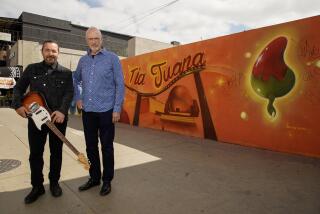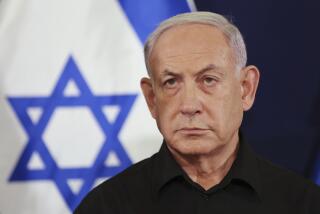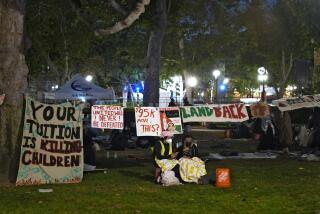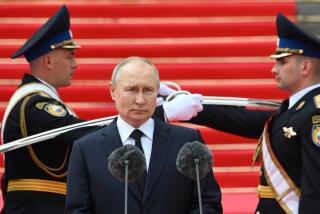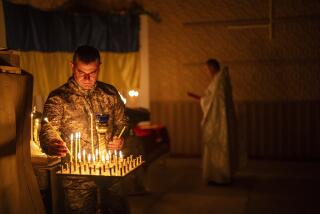Cooperative Threat Reduction (CTR) program under review in Astana
The U.S. National Security Council’s Senior Director for WMD and Threat Reduction, Laura Holgate, was in Astana on Monday to discuss Kazakhstan’s role in the effort to rid the world of nuclear weapons and to study the former Soviet republic’s nonproliferation success, the cornerstone of U.S.Kazakh relations.
“The entire world has benefited from (Kazakh) President Nursultan Nazarbayev’s decision to sign on as a nonnuclear state” following the collapse of the Soviet Union in 1991, Holgate said Monday on the first day of the fourday international conference “The Critical Oral History of NunnLugar Program” Reducing Global Security Threats: Lessons from Kazakhstan.
“Kazakhstan’s position and your president’s policy clearly show how peace can be made in this unstable world. This conference will help to enhance our cooperation in the future,” she said.
“We see that having refused nuclear weapons, your country has enjoyed 20 years of prosperity,” Holgate told the attendees, which included Kazakh Foreign Minister Erlan Idrissov; KassymJomart Tokayev, Chairman of the Senate of Kazakhstan; Yevgeny Maslin, the former chief of the Russian Defense Ministry’s 12th nuclear department on arms control as well as top U.S., Russian and Kazakh diplomats.
Kazakhstan inherited more that 1,400 nuclear warheads and the Semipalatinsk nuclear weapon test site following the breakup of the Soviet Union. Four years later, as part of the 1991 Cooperative Threat Reduction, CTR, Program, or NunnLugar Act, Kazakhstan had gotten rid of the warheads and by the summer of 2000 the Kazakhs had completed the arduous task of securing and dismantling Semipalatinsk, where a huge arsenal of fissile material had been stored.
“After 20 years, we see that Kazakhstan’s status of a country without nuclear weapons obtained through constructive collaboration with the Russian Federation and the United States of America has brought essential political and economic dividends for development to our country,” Foreign Minister Idrissov commented.
The conference centers on the past, present and future of the 1991 NunnLugar Act, which was named after the two U.S. senators who sponsored it, Sam Nunn (DGA) and Richard Lugar (RIN). The aim of the CTR is to safeguard or destroy nuclear arsenals left over from the collapse of the Soviet Union that are located in the former republics, most notably Russia, Kazakhstan, Belarus and Ukraine.
The Astana conference sessions, which are closed door, will mostly deal with Kazakh facets of the CTR, according to the organizers.
As a part of the CTR, Kazakhstan has implemented a number of specific and complex initiatives that are to highlight the conference’s seminar discussions: complete elimination of weapons of mass destruction; removal and destruction of more than 1,000 nuclear warheads and their delivery systems; destruction of 148 silos; dismantling of infrastructure at Semipalatinsk; completion of the U.S.Kazakh covert “Sapphire” project to secure more than a ton of poorly guarded enriched uranium; conversion of the military industry and the transportation of spent nuclear fuel of the BN350 reactor to safe storage, among other topics.
The conference seminars were organized by the Kazakh Ministry of Foreign Affairs and the Ministry of Energy in cooperation with the National Security Archive at George Washington University with support of the National Atomic Company “Kazatomprom” and the Carnegie Corporation of New York.

